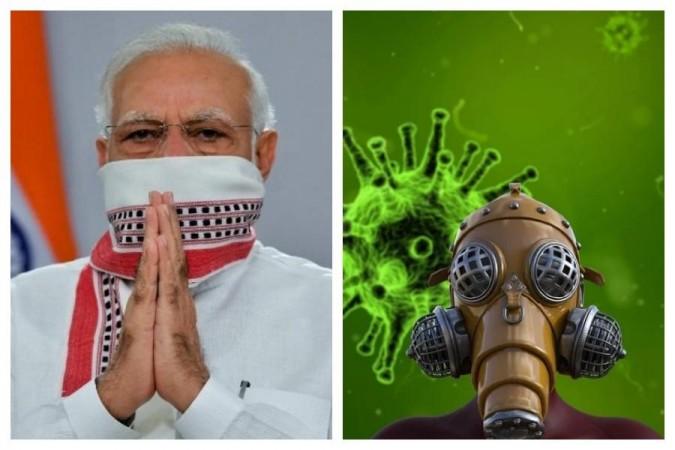Indian prime minister Narendra Modi will conduct a meeting with state chief ministers on April 27, and during the meeting, different states will express their stand on lifting the coronavirus lockdown post-May 3. However, while thinking about lifting the lockdown, medical experts surely remember the dreaded fate San Francisco faced in 1918 during the time of the Spanish Flu outbreak.
Nightmarish memories of San Fransisco
On November 21, 1918, residents in San Francisco gathered in streets to celebrate the end of World War I. Apart from the celebrations that marked the victory of allies, San Francisco residents were cheering the end of an onerous ordinance that shut down the city to prevent the spread of Spanish Flu.

Residents in San Francisco surely had a reason to celebrate, as they successfully flattened the curve of Spanish Flu that was in its killing spree. However, these celebrations were too early, and it resulted in the second wave of Spanish Flu in the city. By January 1919, the city was hit with more than 600 cases of Spanish Flu in one day, and it promoted the authorities to re-enact the mandatory mask ordinance.
India to face the same fate?
Several medical experts believe that India should learn from the bitter experience faced by San Francisco. As per the latest updates, only seven states in India are urging the central government to extend the lockdown by another two weeks, while the remaining states wish to lift the lockdown measures after May 03.
A few days back, Kerala chief minister Pinarayi Vijayan announced that Kottayam district in Kerala is coronavirus free, and he lifted all restrictions in the region. However, a few days later, five patients were tested positive for COVID-19 in the district, and the chief minister was compelled to reimpose the restrictions.

As per medical experts, the sudden withdrawal of lockdown could result in a second coronavirus wave in the areas where the curve is flattened, and the second outbreak could be deadlier than the first one.
It should be noted that WHO Director-General Tedros Adhanom Ghebreyesus had recently warned that the worst of coronavirus is still ahead of us.
"Trust us. The worst is yet ahead of us. Let's prevent this tragedy. It's a virus that many people still don't understand," said Ghebreyesus.
Asymptomatic patients and the quarantine period dilemma
A recent study report had suggested that nearly half of the people contracted with coronavirus will be asymptomatic, which means they will show no symptoms associated with COVID-19 infection. The study report had also warned that the number of asymptomatic patients will be higher in heavily populated countries like India.
Earlier, scientists have revealed that the recommended quarantine period for coronavirus suspects is 14 to 28 days. However, several coronavirus cases in Kerala were reported after 40 days of quarantine, and this factor is literally perplexing medical experts.
If the country lifts the lockdown amid all these problems, it could result in the second wave of coronavirus outbreak in areas where the curve is flattened, and if it happens, India will find it hard to combat the pandemic effectively.








!['Lip lock, pressure, pyaar': Vidya Balan- Pratik Gandhi shine in non-judgmental infidelity romcom Do Aur Do Pyaar [ Review]](https://data1.ibtimes.co.in/en/full/797104/lip-lock-pressure-pyaar-vidya-balan-pratik-gandhi-shine-non-judgmental-infidelity-romcom.jpg?w=220&h=138)








